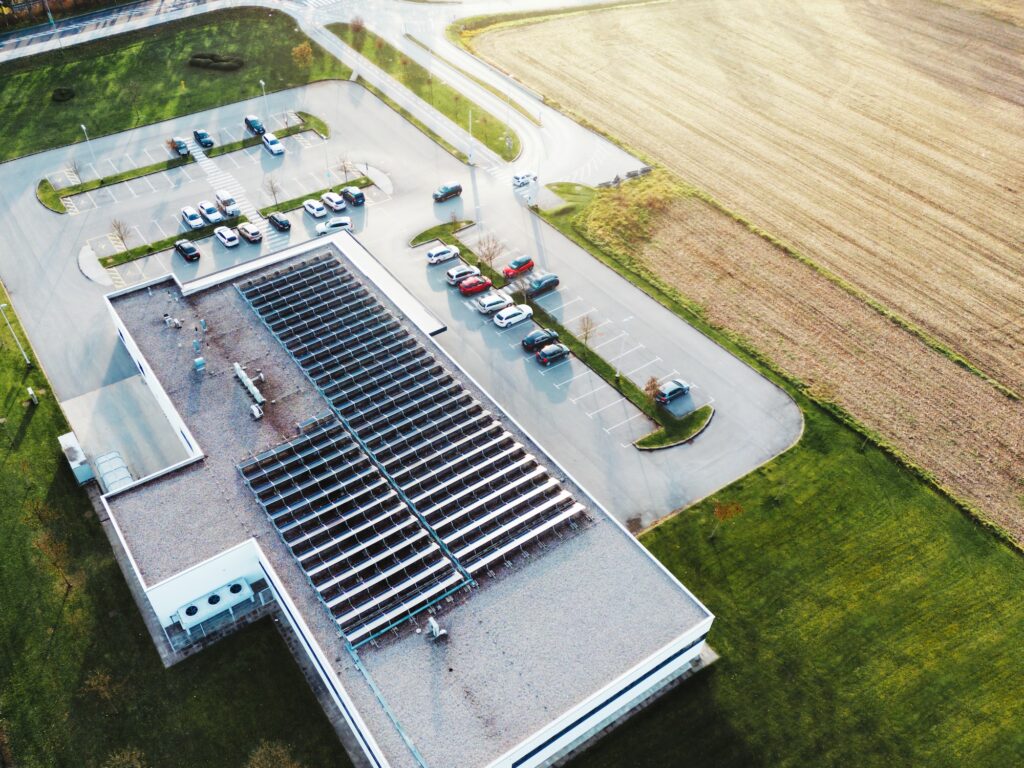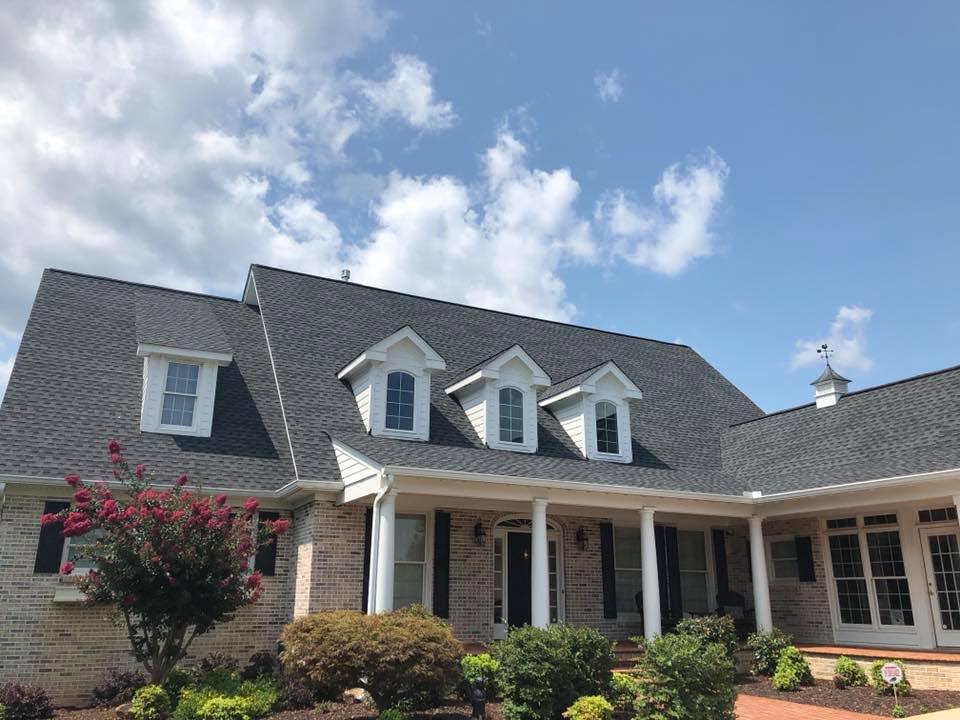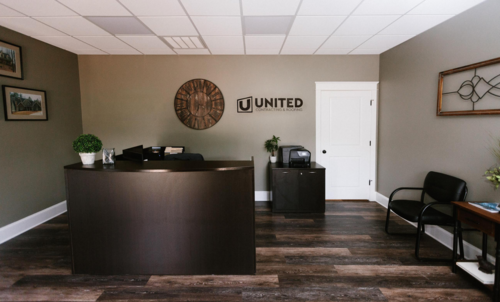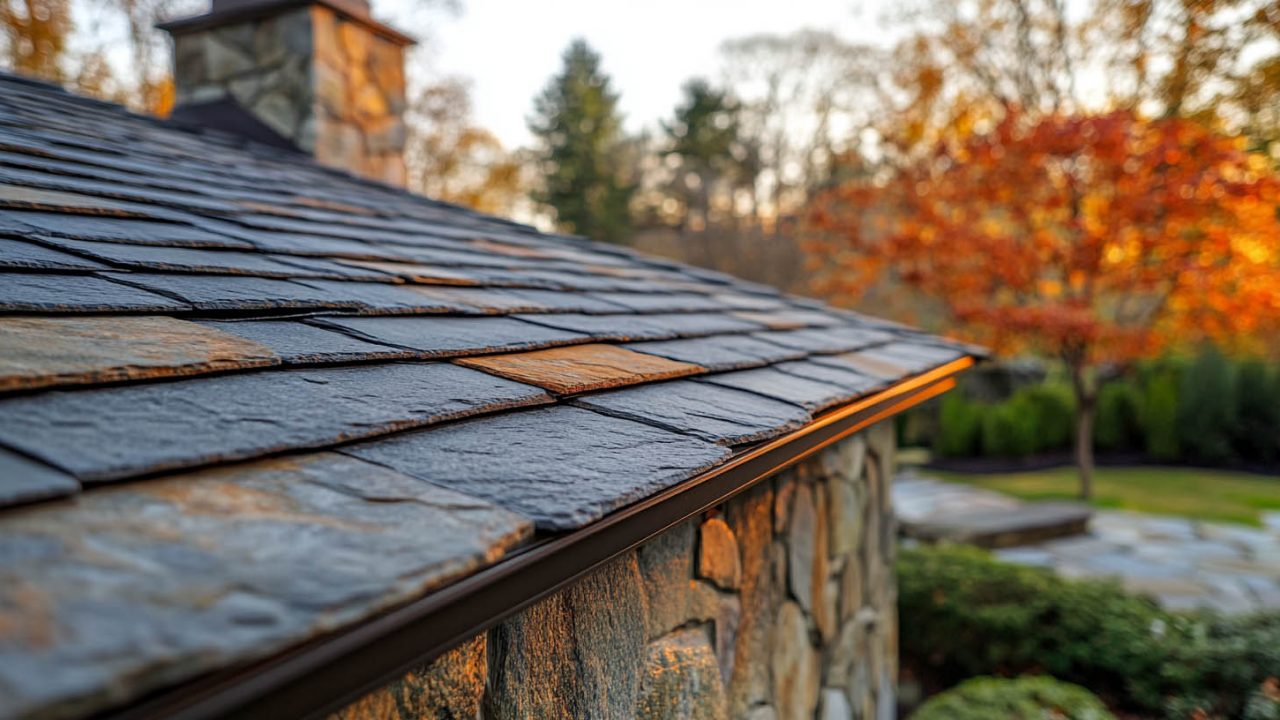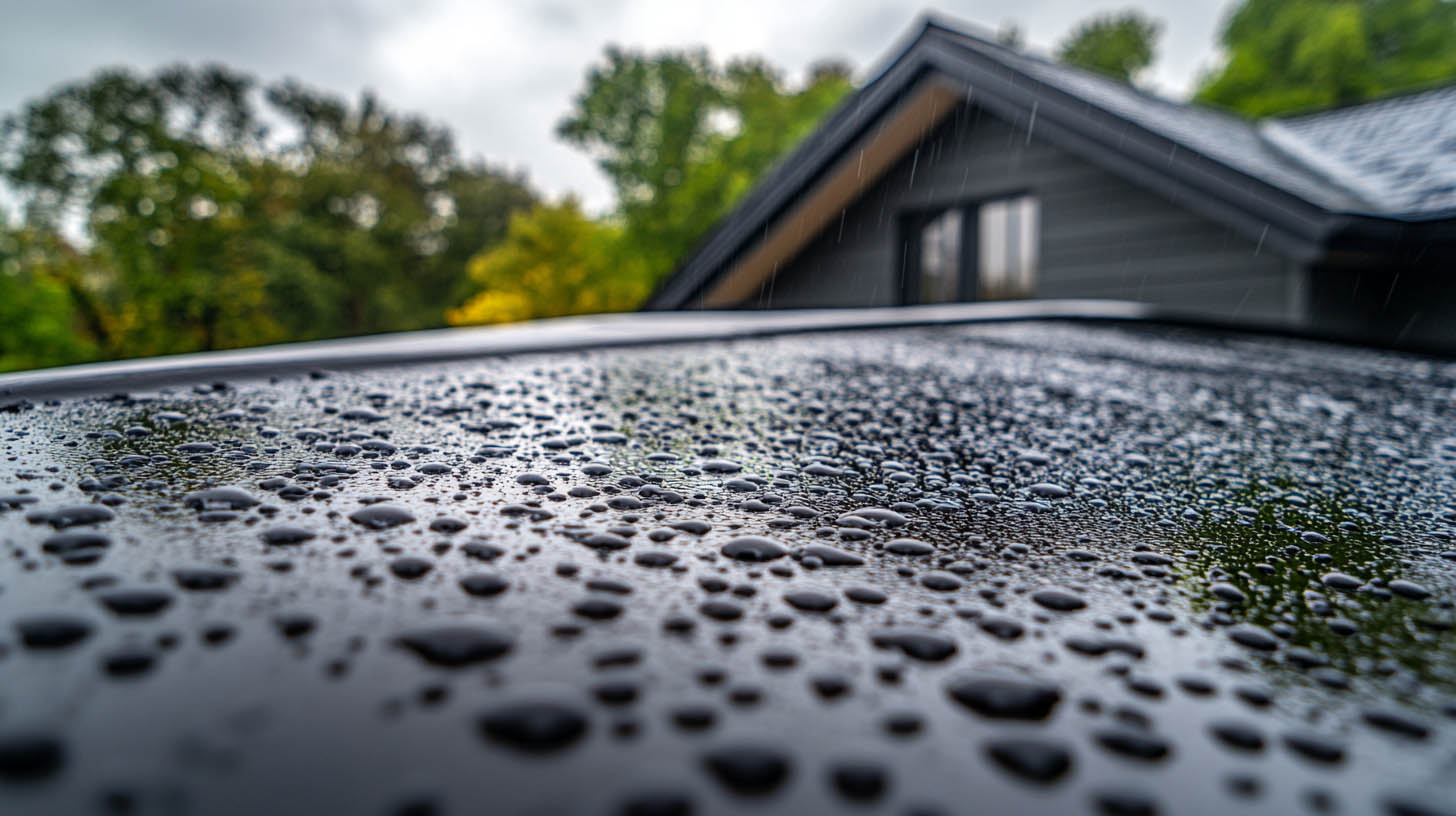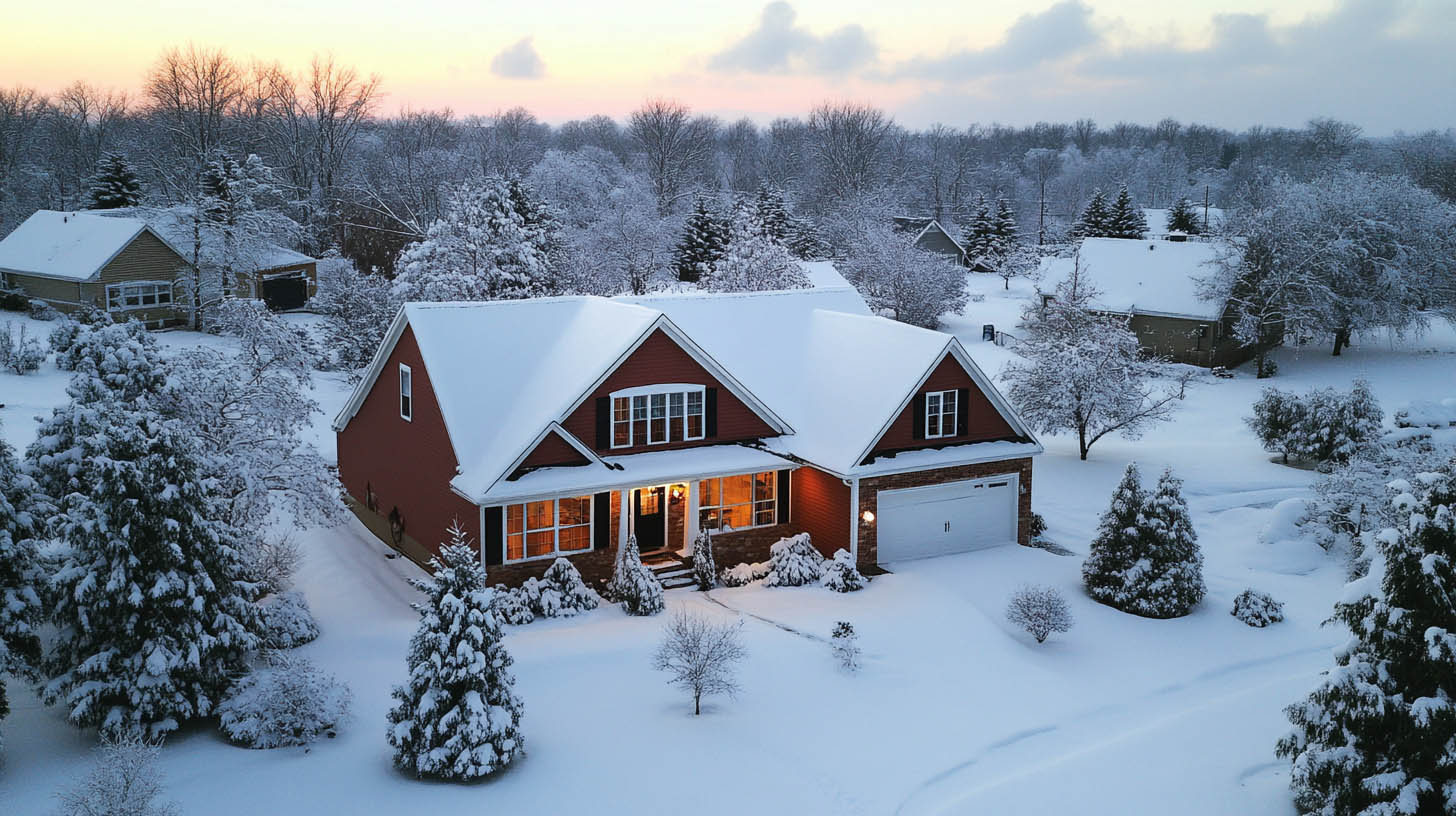United Contracting & Roofing LLC in Greenville, SC, understands the importance of a well-functioning drainage system on your commercial roof. Roof scuppers are a crucial component for effective water drainage on flat and sloped commercial roofs. Let’s dive into what roof scuppers are, their advantages, disadvantages, and when they are used.
What is a Roof Scupper?
A roof scupper is an opening in the parapet or wall of a flat commercial roof. This system can have a simple spout that directs water down the side of a building or be connected to downspouts to channel water directly to the ground. There are two main types of scuppers:
- Channel-Type Scuppers: These are three-sided openings or simple rectangular holes cut into the wall. They can also be custom-shaped using sheet metal fabrication.
- Through-Wall Scuppers: These are typically made from copper or galvanized steel, featuring an integrated box design that is flashed into the roof and sealed on the exterior wall.
Unlike roof drains, scuppers do not direct water through the building but off the side or into exterior downspouts, reducing maintenance needs and effectively managing rainfall.
When Are Roof Scuppers Used?
Primary Drainage
Roof scuppers serve as primary drainage systems, removing most water from the roof. They must meet state code requirements, usually needing to be at least four inches tall and as wide as a roof drain’s circumference. This ensures adequate drainage and prevents water accumulation.
Overflow Drainage
Scuppers can also function as overflow drainage, especially useful when primary drainage systems are blocked. These overflow scuppers are simple openings without downspouts, providing a secondary drainage route.
Inspecting your roof for areas of pooled water can help determine if scuppers are needed, either as a primary or overflow solution.
Advantages of Roof Scuppers
- Cost-Effective: Roof scuppers are often more affordable compared to other drainage systems.
- Low Maintenance: Properly sized scuppers are less likely to clog and don’t drain water inside the building, minimizing interior water damage risks.
- Versatile: They can be used with downspouts to channel water away from the foundation, preventing water pooling around the building.
Disadvantages of Roof Scuppers
- Clogging: Smaller scuppers and downspouts can clog with debris, leading to water pooling on the roof.
- Potential Water Damage: Without proper sealing or downspouts, water may drain down the building’s side, causing foundation issues and potential basement flooding.
Alternative Drainage Systems
While scuppers are effective, roof drains are another option. Roof drains use interior pipes to channel water away from the roof, ending in storm sewers or directly on the ground. However, these systems can cause interior leaks if clogged.
Conclusion
Roof scuppers are an efficient and cost-effective solution for commercial roof drainage. By understanding their types, uses, advantages, and potential drawbacks, you can make informed decisions about your building’s drainage system. For top-notch installation and maintenance services in the Southeast, trust United Contracting & Roofing LLC, where experience, quality, and service come together to meet all your roofing needs.If you want to know more about Should You Invest in a Commercial Roof Maintenance Program or not, click here.

